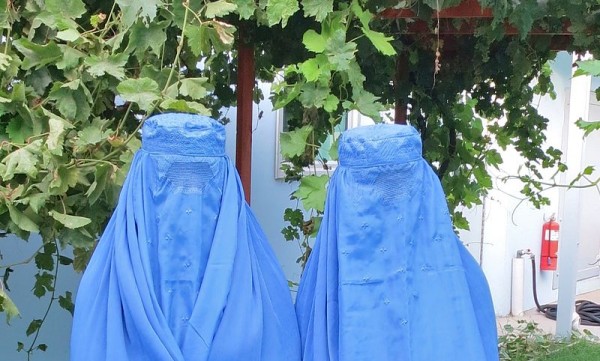Good news about women and ID cards in Afghanistan
“Good” in the worst way, of course.

These days, many Afghans are “scrambling to delete digital history, evade biometrics”, because:
- The afghan digital identity cards, called tazkira, can expose certain ethnic groups
- The Taliban is now likely to have access to various biometric databases and equipment in Afghanistan
- There are fears that government offices and aid agencies may fail to secure databases, leaving people vulnerable to attacks
Not a problem, for many afghan women
Paradoxically, in the tragic situation they are in now, this is a problem that many afghan women do not have, for the wrong reason: They never had any identity cards, or biometrics in general, to hide.
Women’s access to identification cards could accelerate development in Afghanistan, said the World Bank one year ago.
Among other things, Tazkira is required for certain public services, voting, and getting phone SIMs, bank loans, many public and private jobs. For women, said the World Bank, Tazkira and marriage certificates are crucial for securing rights to inheritance, marital property, and mahr (dower), as well as to reduce child marriage. But Afghanistan has the widest gender gap in ID ownership: 52% of women versus only 6% of men lack IDs.
The digital version of Tazkira, launched in 2018 also with World Bank support, aimed among other things to significantly reduce the difficulty for women to get an ID. But as things stand now, and as bad as it is to write it, it may be good for some afghan women that the program had no time to really take off.
Source of these thoughts: this Twitter thread by @cpjvanveen
Image source: Burqa, Wikipedia
Who writes this, why, and how to help
I am Marco Fioretti, tech writer and aspiring polymath doing human-digital research and popularization.
I do it because YOUR civil rights and the quality of YOUR life depend every year more on how software is used AROUND you.
To this end, I have already shared more than a million words on this blog, without any paywall or user tracking, and am sharing the next million through a newsletter, also without any paywall.
The more direct support I get, the more I can continue to inform for free parents, teachers, decision makers, and everybody else who should know more stuff like this. You can support me with paid subscriptions to my newsletter, donations via PayPal (mfioretti@nexaima.net) or LiberaPay, or in any of the other ways listed here.THANKS for your support!